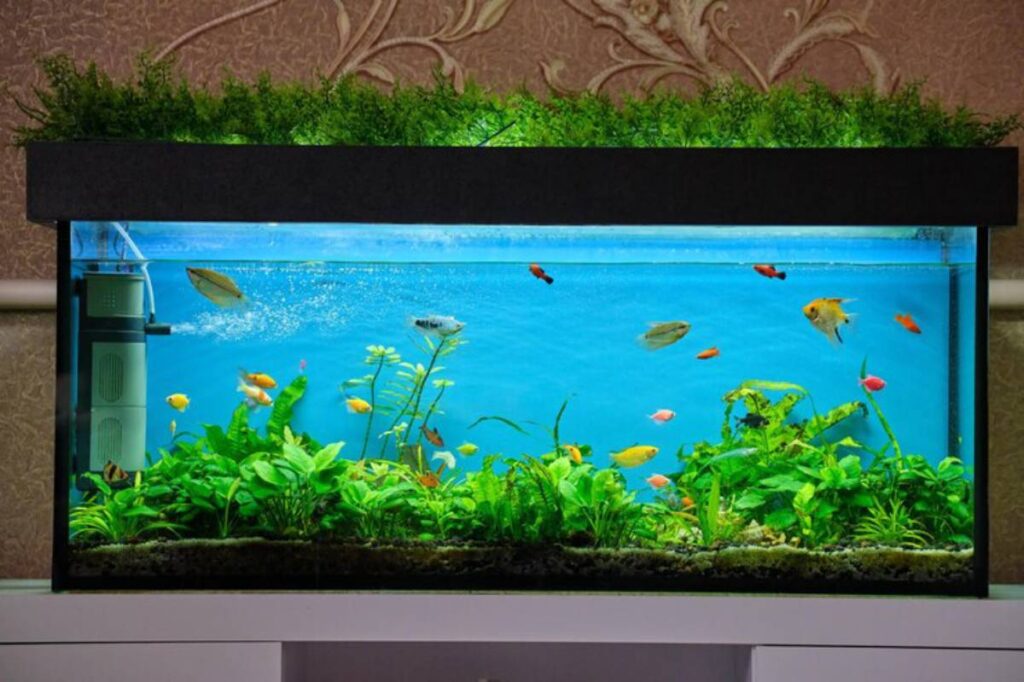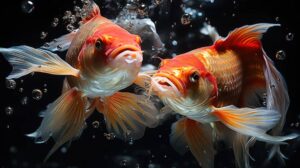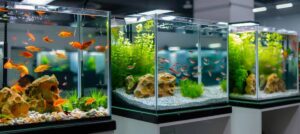The Pets Care Blog

Choosing the Right Filter for Your Aquarium: A Beginner’s Guide to Clean, Healthy Water
Setting up your first aquarium can be a joyful yet overwhelming experience. Between selecting fish, picking out decorations, and managing water quality, there’s one unsung hero you simply can’t overlook your aquarium filter.
It’s easy to underestimate the filter when you’re dazzled by colourful guppies or flowing plants. But here’s the truth — your filter is the heart of your fish tank. It keeps the water clean, safe, and oxygenated. Without it, waste builds up, toxins rise, and your fish’s health starts to suffer.
So, how do you find the best aquarium filter for your setup? In this guide, we’ll help you understand the types of filters available, how to match one to your tank size and fish type, and how to choose a filter that’s both beginner-friendly and effective in the long run.
Why Your Aquarium Filter Matters
Let’s get one thing straight your aquarium isn’t self-cleaning. Even a small tank without a filter becomes toxic fast. Fish produce waste, uneaten food decomposes, and the water chemistry shifts constantly.
Here’s what a good filter does for your tank:
- Removes solid waste through mechanical filtration
- Breaks down toxins like ammonia and nitrites with biological filtration
- Eliminates odours and discolouration using chemical filtration (e.g., activated carbon)
- Aerates the water, promoting oxygen exchange
A quality filter means less stress for your fish and fewer headaches for you.
Understanding the Three Types of Filtration
Most good filters use a combination of these:
1. Mechanical Filtration
Captures physical debris — think leftover food, fish waste, or plant particles — using sponges or filter floss.
2. Biological Filtration
Hosts beneficial bacteria that break down harmful substances. This supports the nitrogen cycle, which you can learn more about in What is the Nitrogen Cycle and Why It Matters.
3. Chemical Filtration
Uses activated carbon or resins to remove odours, medications, and pollutants. Optional, but helpful in polished tanks.
Filter Types: Which One is Best for Your Tank?
Let’s break down the most popular options so you can find the best beginner fish tank filter for your setup.
1. Sponge Filter (Ultra Beginner-Friendly)
- Best for: Small tanks (10–40 litres), fry, shrimp tanks
- Pros: Affordable, gentle flow, excellent biological filtration
- Cons: Limited mechanical filtration, not ideal for large tanks
Why choose it? Perfect if you’re running a simple setup with delicate species or breeding fish.
2. Hang-On-Back Filter (HOB)

- Best for: Most standard freshwater tanks (40–150 litres)
- Pros: Easy to install, combines all three filtration types, and easy maintenance
- Cons: Slightly noisy, can splash if not maintained
Why choose it? A go-to for beginners. Easy to monitor, clean, and upgrade.
3. Internal Filter
- Best for: Tanks under 100 litres
- Pros: Submerged in water, easy to set up, quiet operation
- Cons: Takes up space inside the tank, less powerful than HOBs
Why choose it? Great for small or medium tanks where aesthetics or space aren’t a big concern.
4. Canister Filter
- Best for: Medium to large tanks (100+ litres), heavily stocked or planted tanks
- Pros: Powerful filtration, quieter (external), high customisation
- Cons: More expensive, complex maintenance, and external setup
Why choose it? Ideal for those ready to step up their filtration game or keep large or demanding species.
5. Undergravel Filter (Outdated but Still Around)
- Best for: Small tanks with gravel substrate
- Pros: Cheap, simple
- Cons: Inefficient long-term, clogs easily, and is hard to clean
Why choose it? Honestly? We don’t recommend it unless you’re maintaining a retro tank or experimenting.
Factors to Consider When Choosing a Filter
1. Tank Size

Filters are rated by litres per hour (LPH). A good rule of thumb is 5 to 10 times your tank volume per hour. For a 50-litre tank, look for a filter rated at 250–500 LPH.
2. Fish Load
Heavily stocked tanks (e.g. goldfish or cichlids) need stronger filtration. More fish = more waste.
3. Fish Type
Delicate fish like bettas or fry need gentle flow. Fast-swimmers like danios or tetras enjoy more circulation.
4. Maintenance Time
Ask yourself: how often do you want to clean? Some filters need weekly sponge rinsing; others need monthly media swaps.
5. Noise Level
Sponge filters and internal filters tend to be quieter. Canisters and HOBs can hum or splash if not tuned right.
6. Budget
Start with the best you can afford. Filters are a long-term investment in tank health.
Best Beginner Fish Tank Filter Combos
Not sure what to choose? Here are some tried-and-tested combos:
- 20-litre tank with betta: Sponge filter + heater
- 40-litre community tank: HOB filter (like AquaClear 20 or Fluval C2)
- 60-litre planted tank with shrimp: Internal filter with sponge guard
- 100-litre tank with guppies and mollies: Canister filter (like Fluval 107) or HOB with strong biological media
These setups provide a solid mix of filtration strength and simplicity.
How to Set Up Your Filter the Right Way
Installing your filter properly ensures it runs efficiently from day one.
Basic Setup Checklist:
- Rinse all media before placing it (removes dust and particles)
- Stack media in the right order Mechanical → Biological → Chemical
- Prime your filter if needed (especially canisters)
- Position for flow: HOBs near the water surface, canisters with in/outflow at opposite ends
- Avoid blocking intake with decor or substrate
Don’t forget to let your filter run continuously — turning it off halts oxygen flow to your bacteria.
Maintaining Your Filter (Without Killing Good Bacteria)
Your filter needs cleaning, but you must do it the right way to keep beneficial bacteria alive.
Filter Maintenance Tips:
- Rinse sponges in tank water, not tap water
- Swap chemical media monthly (e.g., carbon)
- Avoid cleaning all parts at once
- Check impellers monthly — they can jam from debris
- Don’t overclean — a little grime is good for bacteria
Wondering how often to do this? Head to Filter Maintenance: How Often Should You Clean It for a full schedule.
Matching Your Filter to Your Aquarium Goals
You don’t need the most expensive filter — you need the right one for your specific setup.
Ask yourself:
- Do I plan to upgrade my tank size soon?
- Am I keeping live plants or sensitive fish?
- Will I want to customise my filter media?
Thinking ahead can save you time, money, and frustration.
Common Filter Mistakes to Avoid
Let’s skip the hard lessons. Here’s what to watch out for:
- Buying underpowered filters: Leads to cloudy water and poor health
- Turning off the filter at night: Starves your beneficial bacteria
- Using only carbon: Good in emergencies, but not long-term
- Skipping media rinsing: Can cause cloudy water or clogs
- Cleaning everything at once: Can trigger ammonia spikes
Keep your filter consistent and gentle — stability is more important than sparkle.
Conclusion: Your Filter Is Your Fish’s Life Support
A clean, balanced tank doesn’t start with fish or plants — it starts with the right aquarium filter. This silent workhorse keeps your water clean, your fish healthy, and your ecosystem thriving.
Whether you’re starting with a sponge filter or investing in a canister system, choosing the best filter for your beginner fish tank means fewer problems down the line and more time to simply enjoy your underwater world.
Ready to make your pick? Share your tank size and goals in the comments, and we’ll help match you with the right filter setup. Don’t forget to subscribe for more beginner-friendly aquarium guides.









